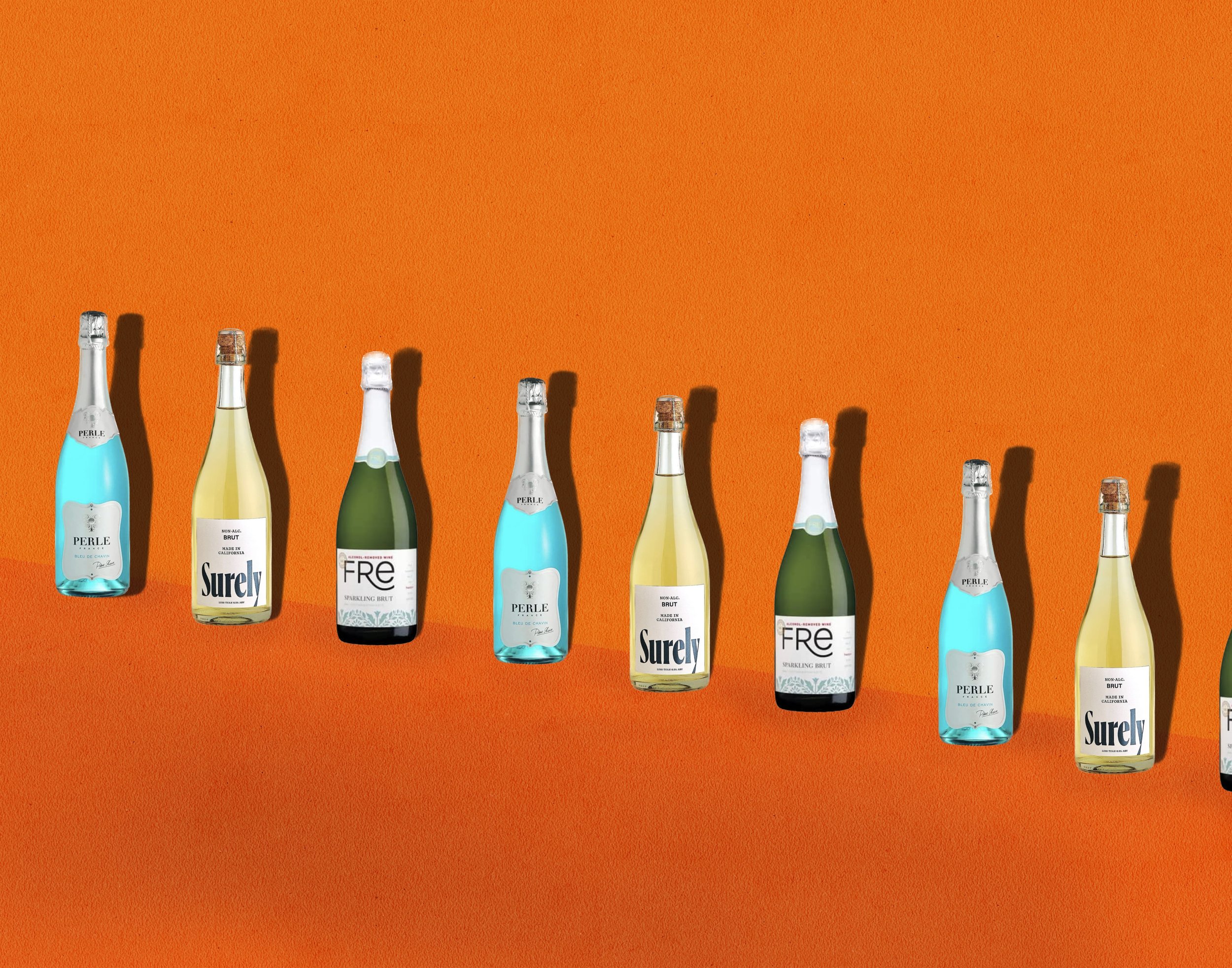Sip, Savor, and Discover: The Beginner's Guide to Perfect Wine Pairing
Uncork your inner sommelier with Sip, Savor, and Discover - the unrivaled guide for passionate wine enthusiasts!
BY STAFF @the Brimly Test KitchenJune 12 , 2023

Image Source/Editors @ Brimly
4 minute Readinfo GuideIn-depth Readobjective ViewAre you ever overwhelmed by the endless wine selection at restaurants and liquor stores? You're not alone! Wine pairing can be daunting, but it doesn't have to be. In this ultimate beginner's guide to wine pairing, we'll provide tips and tricks for finding the perfect match.
The Basic Principles of Wine Pairing
Wine pairing is more than just a fancy term; it's an art form that can elevate any dining experience. The right wine can complement the flavors of your meal, while the wrong one can ruin the entire experience. Wine pairing is about creating a harmonious balance between the food and the wine. It's about enhancing both flavors to create a memorable experience you'll want to savor repeatedly.
While there are no hard and fast rules when it comes to wine pairing, there are fundamental principles that can guide you in the right direction. The first thing to consider is the weight and texture of the food and the wine. For example, a light-bodied white wine pairs well with delicate fish, while a full-bodied red wine pairs well with a hearty steak. Another principle to consider is the acidity level of the food and the wine. A high-acid wine pairs well with acidic foods, such as tomatoes, while a low-acid wine pairs well with creamy dishes.
The Most Common Wine Pairing Mistakes to Avoid
One of the most common wine pairing mistakes is choosing a wine based solely on its color. Just because a dish is white doesn't mean it has to be paired with white wine. Another mistake is assuming that expensive wines always pair better with food. While costly wines can be great, plenty of budget-friendly options pair just as well. Lastly, don't be afraid to experiment! The best way to learn what works for you is to try different combinations.
Pairing 101
:with Meat and Poultry
When pairing wine with meat and poultry, the rule is to match the dish's intensity with the wine. For example, a light-bodied red wine pairs well with chicken or pork, while a full-bodied red wine pairs well with beef. If unsure, a safe bet is to go with a medium-bodied wine like Pinot Noir.
:with Seafood
Seafood can be tricky to pair with wine, but the key is to consider the preparation method and the sauce. A light-bodied white wine, such as a Sauvignon Blanc, pairs well with delicate fish dishes or seafood served with a light sauce. For more decadent seafood dishes, such as lobster or crab, a fuller-bodied white wine, such as a Chardonnay, can be a good choice. A slightly sweet white wine, such as a Riesling, can help balance the heat when serving a spicy seafood dish.
:with Vegetarian Dishes
Vegetarian dishes can be as complex and flavorful as meat dishes, so choosing a wine that complements the flavors is essential. For example, a light-bodied red wine, such as Pinot Noir, can pair well with earthy mushroom dishes. In contrast, a crisp white wine, such as a Pinot Grigio, can pair well with vegetable dishes with a bright, citrusy flavor. Finally, a slightly sweet white wine, such as a Gewurztraminer, can help cool down the heat if you're serving a spicy vegetarian dish.
:with Cheese
Cheese and wine are a classic pairing that can be enjoyed in many ways. When pairing wine with cheese, it's essential to consider the texture and flavor of the cheese. A good rule of thumb is to pair bold cheeses with bold wines and lighter cheeses with lighter wines. For example, a strong blue cheese can pair well with a full-bodied red wine, while a mild goat cheese can pair well with a crisp white wine. Feel free to experiment with different combinations and find the best pairing.
:with Desserts
Desserts can be tricky to pair with wine because they are often sweet. When pairing wine with desserts, choosing a wine that is sweeter than the dessert is essential. For example, a sweet dessert wine, such as a Port or a Sauternes, can pair well with a chocolate dessert. A sparkling wine like a Moscato d'Asti can pair well with fruit-based desserts. When in doubt, a glass of dessert or sparkling wine can often be a safe bet for pairing with various desserts.
How to Experiment with Wine Pairing
Pairing wine with food is not an exact science, and there are no hard and fast rules. The best way to learn about wine pairing is to experiment and try different combinations. Start by choosing a wine you enjoy and pairing it with other foods to see how the flavors interact. You can also try the opposite approach, choose a dish you want to make, and experiment with different wines to find the perfect pairing.
Our round up is:
Overall, wine pairing is a fun and rewarding experience that can enhance the flavors of your meals. Remember to consider the dish's intensity and the ingredients' flavors when selecting a wine. Don't be afraid to try new things; trust your taste buds. With some practice, you'll become a wine-pairing expert in no time!
The 5 Best Non-Alcoholic Wines for a Healthy Lifestyle
Sometimes you just want a glass of wine without the alcohol-induced …
WATCH









